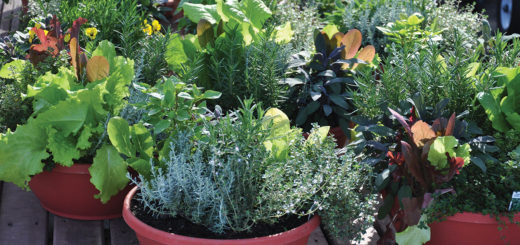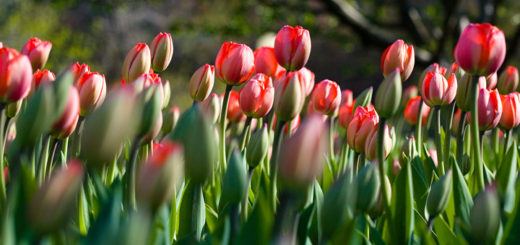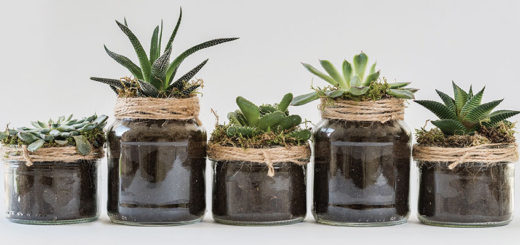Sowing the seeds of spring: How to start your garden indoors
While cooler temperatures slowly fade, gardeners across the country eagerly await the arrival of spring – and the chance to get outdoors and grow something. If gardening is your passion, you don’t have to wait until the weather is perfect to get started. In fact, working ahead by growing your own seedlings is a great way to ensure your garden is successful throughout the warmer months.
Planting seedlings indoors before transplanting them into the ground is a great use of time and money. More than 1.5 million professionals participate in the network, offering services for more than 90 million projects. Growing seedlings is something homeowners can easily do on their own and save their money to hire professionals for larger projects.
Starting your own seedlings offers many advantages, including the ability to get a jump-start on spring planting. Growing your own plants from seed is less expensive than buying small plants and provides access to a much wider variety of plants. Here are some tips for starting seedlings to get your garden growing:
* Selecting seeds
Some seeds can be planted and started indoors, while others need to go directly in the ground outdoors. As you’re choosing seeds for your garden, read the packets thoroughly to ensure the seeds you’re buying are appropriate for indoor planting. Be aware that many vegetable seeds need to be planted directly in the ground.
Most packages will also include information on what time of year to plant, so follow the guidelines for best results. In general, start seeds about six weeks before the last frost date. Check the Farmer’s Almanac Frost Date Calculator to find out when that is in your area.
* Choosing containers
Seed starter kits are available for easy planting, but any container will do as long as it is about 2 to 3 inches deep and has drainage holes. Egg cartons and paper cups are inexpensive and easy options; be sure to poke drainage holes in the bottoms. Fill your containers with a good soil mix – never use regular soil from your yard. Seeds need just the right texture and mixture of nutrients to succeed. Covering your containers with plastic wrap or plastic lids will help keep soil and seeds moist.
* Setting the environment
In order to germinate, most seeds need a steady temperature of about 78 F. You can create localized warmth for seeds through use of electric heaters or heat mats placed under containers. You can also try placing containers atop warm appliances, such as a refrigerator, as long as they will also receive ample light in the location. Once seedlings push through the soil, you can move them to a windowsill where they’ll get more natural light.
* Caring for seedlings
It’s important to provide seedlings with constant moisture, but don’t let the soil get soggy. If you used plastic wrap or covers, remove them from containers once seeds have sprouted. When leaves appear, begin fertilizing with a liquid fertilizer. Pay close attention to the dosage amounts recommended on the fertilizer packaging; seedlings are fragile. Check on seedlings daily until you’re ready to plant them outdoors.
If your plants begin to bud before you transplant them to the outdoors, wait to move them until they are fully bloomed. If you transplant them while they are buds and cool weather hits, they could get frost bite and die. When it’s time to transplant the seeds, make sure the soil is no cooler than 60 degrees.
Of course, not everyone with the urge to grow a garden has the time to invest or the green thumb to achieve it.
The hardest part of planting seeds indoors is caring for them before they are transplanted. Once they are transplanted, the plants should be very low maintenance.
BPT







